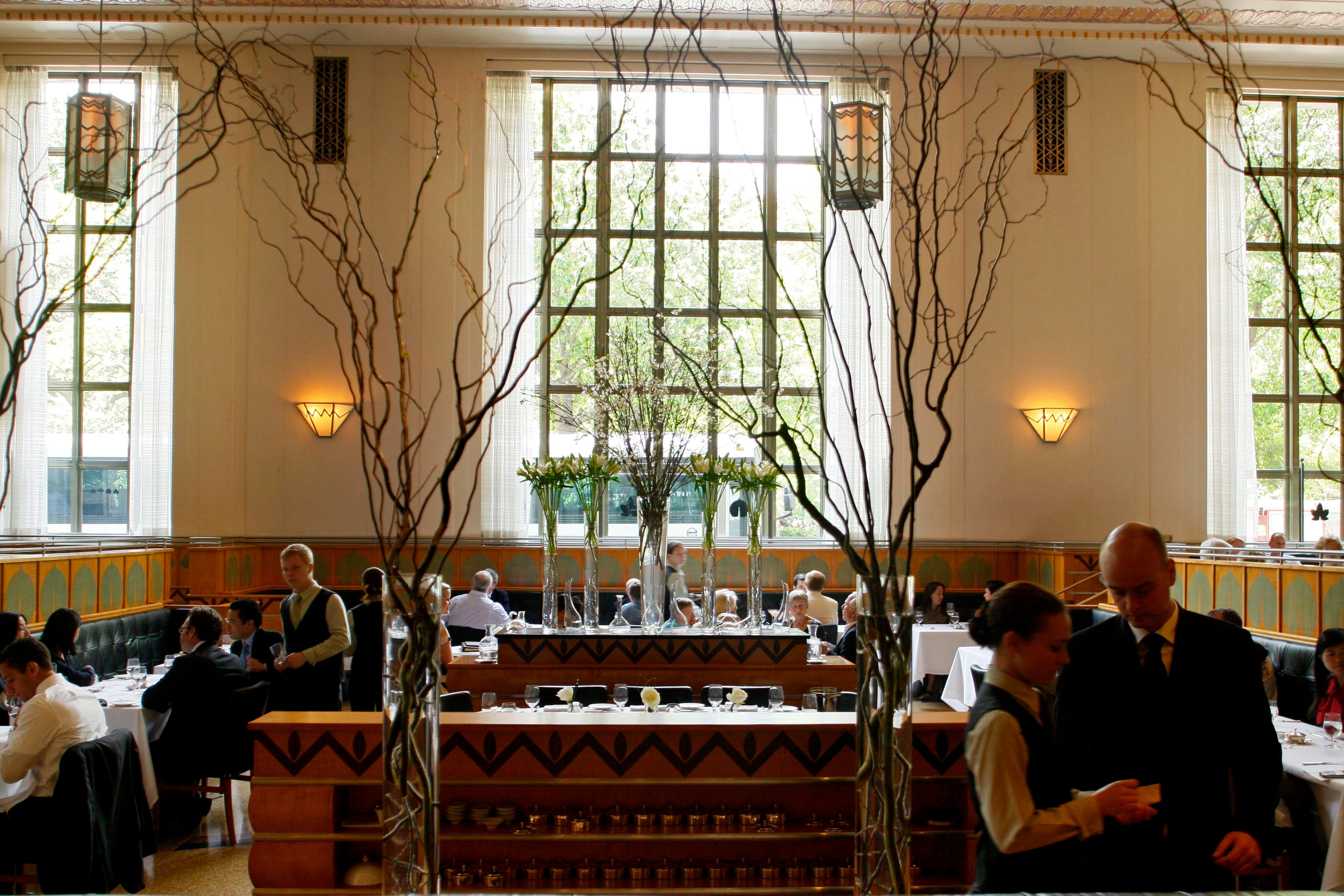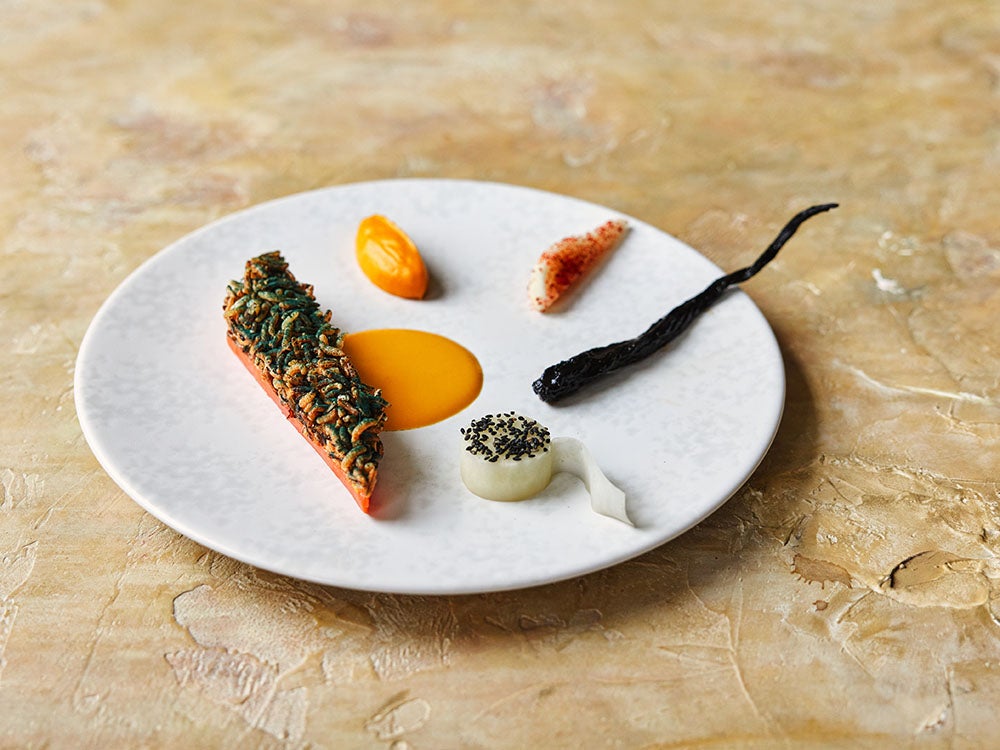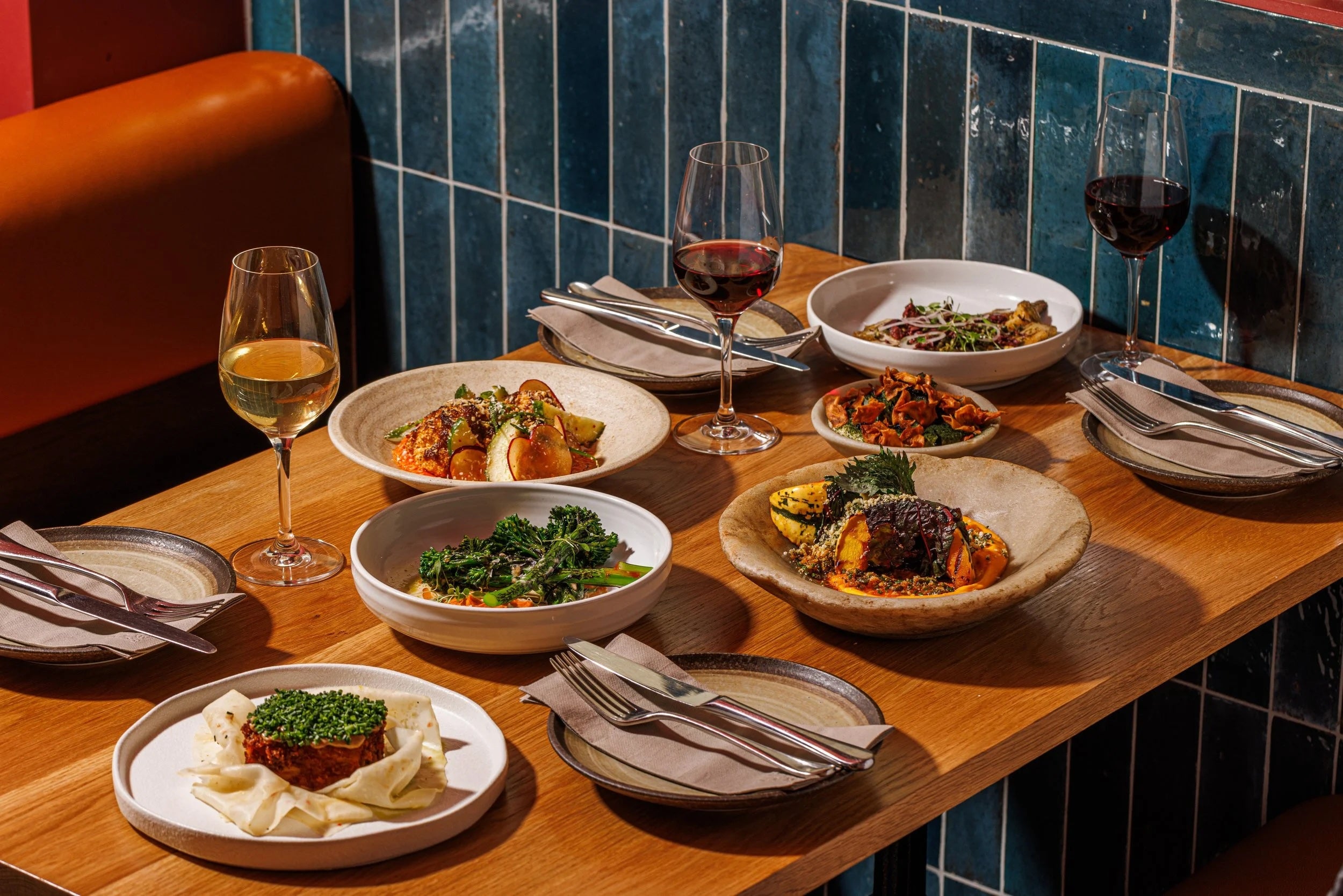When Eleven Madison Park, once the most famous vegan fine-dining restaurant in the world, announced last month that it would reintroduce meat and fish, the symbolism was hard to miss. Daniel Humm, the chef behind the three-Michelin-starred New York dining room, had made headlines in 2021 by going fully plant-based – hailed at the time as radical, necessary and perhaps even inevitable.
Now, four years later, the experiment is over. “Over the last three years, we came to understand that while we gained some guests who celebrated this bold move, we had also unintentionally kept people out,” Humm admitted in a statement. From October, EMP will offer two tasting menus: one plant-based, the other featuring dishes such as honey-lavender-glazed duck.
So, was this the moment the vegan bubble burst? Or does it say more about how the conversation has shifted – away from absolutes and into something more nuanced?
What makes EMP’s reversal especially interesting for British diners is that Humm once tried the same here. In 2021, while running Davies & Brook at Claridge’s, he proposed turning the Mayfair restaurant fully plant-based. The hotel refused, saying it “respects and understands” his vision but that it was “not the path we wish to follow here … at the moment.” The partnership ended soon after.
That episode hinted at what we’re now seeing globally: prestige veganism colliding with commercial reality. Even Claridge’s sensed the market for all-vegan fine dining wasn’t strong enough in the UK.
And yet this is the country that gave us Veganuary, which still attracts millions worldwide. It’s also home to a thriving ecosystem of vegan and vegan-friendly restaurants, from long-standing neighbourhood spots to high-end innovators. Among them are Tendril, which bills itself as “mostly vegan”, and Plates in east London, which this year became the first fully vegan restaurant in the UK to win a Michelin star.
So what’s really going on?
The fragility of vegan restaurants
Even with celebrity backing, vegan-only ventures have struggled. Neat Burger, the fast-food chain funded by Lewis Hamilton and Leonardo DiCaprio, announced that it would be closing all of its UK sites earlier this year. At its peak, it had more than a dozen outlets and ambitious global expansion plans. By 2022, it was posting losses of nearly £8m.
It’s sometimes assumed that a vegan menu should be cheaper to run. After all, vegetables and grains often cost less per kilo than meat or fish – Oxford University research even found that vegan diets can reduce household food costs by up to a third. But in restaurant kitchens, the equation is different. Processed meat substitutes remain pricier than animal equivalents, while cooking vegetables at fine-dining level requires more labour.
This is where the backlash against ultra-processed foods (UPFs) matters. Plant-based burgers once fuelled the vegan boom, but they’ve since gained a reputation for being just as industrial as the meat they were meant to replace.

open image in gallery
Once the world’s most famous vegan restaurant, Eleven Madison Park is now reintroducing meat – a move that’s reignited debate about the future of plant-based dining (Bloomberg/Getty)
Studies suggest they can still be healthier – one 2022 trial found that swapping red meat for plant-based alternatives reduced LDL cholesterol and cardiovascular risk – but perception matters. Diners now want vegetables presented as themselves, not in disguise.
That helps explain why restaurants such as Tendril and Plates, which avoid substitutes entirely, are thriving while Neat Burger faltered.
Margins and money
Rishim Sachdeva, founder of Tendril, is candid about the limits. “There is that perception that people who follow a plant-based diet tend to drink less,” he says, “but I feel that’s becoming the norm these days anyway. People aren’t drinking as much.” At Tendril, drinks sales account for around a quarter of revenue – lower than average, but still workable. “That gives us enough room to manoeuvre with the teams, with the fun things, with wine pairings and nice cocktails, and gives us enough playground to really focus on our food.”
Alexandra Price, sommelier at Plates, doesn’t buy the idea that a vegan model is financially unsustainable. “Overall, we tend to have good monthly wine spend, bolstered by the fact that we offer pairings to go with the menu,” she explains. Guests can also choose non-alcoholic or 50/50 pairings – but, she notes, “wine sales are still the strongest”.
There is that perception that people who follow a plant-based diet tend to drink less, but I feel that’s becoming the norm these days anyway. People aren’t drinking as much.
Rishim Sachdeva, chef-owner of Tendril
She attributes that partly to trust: “Most of our guests seem to eat an all-round diet and approach plant-based dining with a lot of interest … this willingness to try and be open towards the style also helps with wine sales as people put their trust in what we are putting in front of them.”
From ethics to health
For a long time, veganism was driven by animal-welfare arguments, with environmentalism close behind. But many chefs now believe the motivation has shifted.
“The reasoning for me and the people that I know is that obviously it’s good for the environment, but it is definitely good for me,” Sachdeva says. “I feel much better eating it and I can really get on with it because it’s something I’m starting to believe in more and more.”
He calls this a “correction”: five years ago, the conversation was about animal cruelty; now it’s about human health. Nutrition scientists such as Tim Spector have helped popularise this shift, encouraging people to eat a diversity of plants – “30 a week” is his benchmark – not as a moral stance, but as a route to better digestion, stronger immunity and long-term health.
Making vegetables the star isn’t new. Indian thalis, Persian stews and Japanese temple food have long been largely plant-based. Even Raymond Blanc, hardly a trend-chaser, has championed vegetables. The difference now is framing: animal welfare once dominated, but gut health and longevity drive the appeal today.
David Taylor, chef-director at Grace & Savour, agrees the picture is “more nuanced”. Many diners now “focus on how animals are raised and sourced … People are eating less meat while seeking better quality, choosing fish more carefully, and questioning how all food is produced.” He also warns that veganism isn’t automatically better for the planet: “Vegan products have their own issues too: heavy use of soya can drive deforestation, and almond milk production can cause serious drought.”
Meanwhile, meat is having a moment
At the same time, meat is undergoing its own rebrand – not as an everyday staple, but as something rarer, more artisanal.

open image in gallery
At Plates, the first vegan restaurant in the UK to win a Michelin star, vegetables are treated with the same reverence as foie gras or caviar (Plates)
At Cycene, head chef Taz Sarhane says requests for vegan or dairy-free meals have “gone down to about once a month” compared with weekly a year ago. Instead, diners are seeking out offal and unusual cuts. “The recent craze for offal has taken off, with people showing growing interest in meat from smaller or less common animals, such as goats … diners are increasingly willing to try more unconventional cuts – from cow liver and spleen to cow udder.”
Sam White, executive chef at 45 Jermyn St, has seen the same. “One of the most popular dishes … is our liver with crispy onions and mashed potatoes. Even in the warm weather, people still want to eat it.”
For Isaac McHale, chef-patron of The Clove Club, the explanation is cultural. “The idea to change your restaurant to vegan always seemed to be a hard thing, but maybe much easier in America where there is lower standards of husbandry and much more intensive farming. In the UK, we have some of the best meat in the world … we have so many rare breeds of farmed animals and I think we should celebrate that unique part of our country.”
Towards a new balance
The message from many chefs isn’t that veganism is dead, but that it’s become part of a broader, more flexible way of eating. Nicholson puts it plainly: “We need to eat more plants, end of! However, in my opinion, we need meat and animals to have a balanced ecosystem. My hope is that consumers embrace more plants, and better meat, so they are more selective and it’s seen as something to savour and celebrate, not overdo.”
Sachdeva echoes that pragmatism: “Having meat seven days a week is not feasible for the world. It’s not feasible for your body. If you were to cut down to even once or twice a week, that will really help with the bigger picture … And if you do eat meat, then you should get it from the right farmers and the right butchers and then enjoy that, savour it more.”

open image in gallery
At Tendril, ‘mostly vegan’ dining comes with pairings that prove plant-first cooking can hold its own against more traditional fine-dining formats (Tendril)
And while EMP may have stepped back, Price believes the curiosity is still there. “As long as we put the effort into sourcing good ingredients and interesting wines, I think the interest will always be there for the curious.”
So, is veganism over? The answer depends on what you mean by veganism. If it means all-or-nothing restaurants with no animal products ever, perhaps that moment has passed. But if it means plant-led dining, eating less meat and the shift from ethics to health – then veganism hasn’t disappeared at all. It’s simply evolved.
As McHale notes, there are long-standing traditions of vegan cooking – “Japanese and Korean temple food, South Indian cookery, and it can be really delicious” – and they will always have their place. But in the mainstream, the movement has been absorbed into something more flexible, more sustainable and more aligned with how people actually want to eat.
The vegan-only experiment may have faltered. But the legacy it leaves behind is clear: a dining culture that is more plant-forward than ever, one where meat is occasional, valued and scrutinised – and where the conversation has moved from saving the planet to saving ourselves.


Dining and Cooking